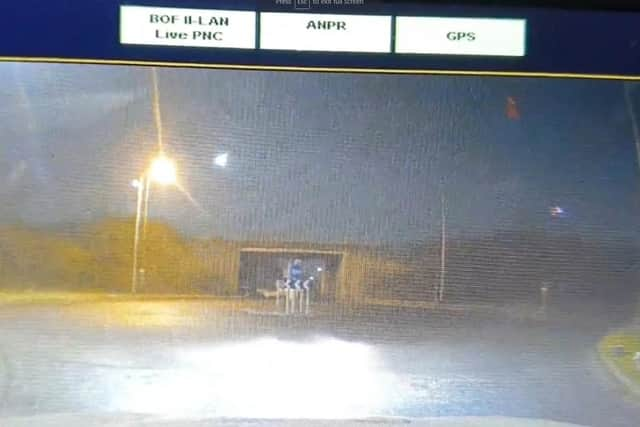Asteroid seen from Sussex: here’s what you need to know about asteroids, according to NASA
and live on Freeview channel 276
The fireball was visible above the English Channel from Sussex with many social media users posting pictures and videos of the event.
But what are asteroids exactly?
NASA defines asteroids as ‘rocky, airless remnants left over from the early formation of our solar system about 4.6 billion years ago’.


Advertisement
Hide AdAdvertisement
Hide AdA spokesperson at solarsystem.nasa.gov said the current known asteroid count is 1,266,098.
They added: “Most of this ancient space rubble can be found orbiting the Sun between Mars and Jupiter within the main asteroid belt. Asteroids range in size from Vesta – the largest at about 329 miles (530 kilometers) in diameter – to bodies that are less than 33 feet (10 meters) across. The total mass of all the asteroids combined is less than that of Earth’s Moon.”
NASA explained that scientists are always monitoring ‘Earth-crossing asteroids’ where the asteroids’ paths intersect Earth's orbit. They also look for near-Earth asteroids that approach Earth’s orbital distance to within roughly 28 million miles, which may pose a threat.
NASA defined three main compositions on asteroids. The most common is the C-type (chondrite), which consists of clay and silicate rocks. The S-types are stony and consist of silicate materials and nickel-iron, while the M-types are metallic (nickel-iron).
Advertisement
Hide AdAdvertisement
Hide AdThe 1m (3ft) asteroid seen from Sussex on Monday was classed as a meteoroid due to its size. The International Meteor Organization, a non-profit group based in Belgium, said it was the seventh predicted asteroid to be discovered before impacting Earth, adding: “It may become the most widely covered asteroid entry.”
